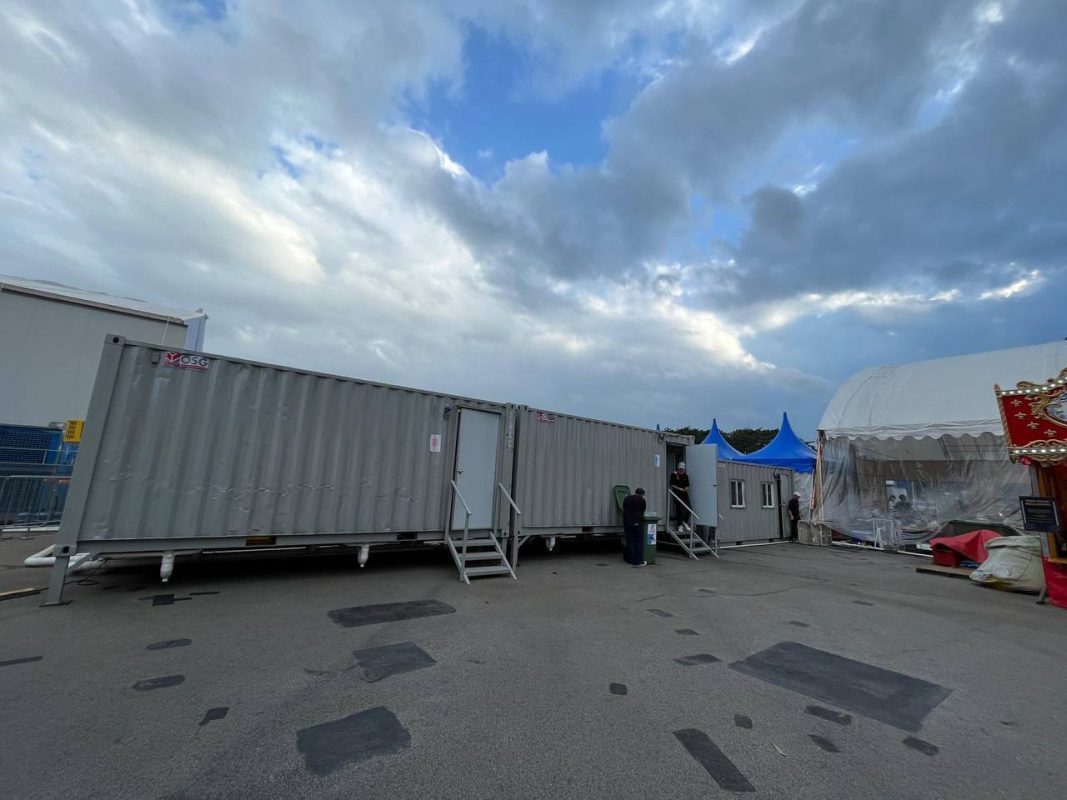Shipping Container Modifications: Turning a Box into Something Extraordinary

In recent years, the humble shipping container has evolved from a mundane metal box into a symbol of innovative design and functional creativity. Originally engineered for efficient transport, these sturdy, versatile structures are now being repurposed in astonishing ways. Whether you’re envisioning a chic urban home, a functional office, or a unique retail space, modifying a shipping container can offer a practical and eye-catching solution. This article delves into the fascinating world of shipping container modifications and explores how you can turn a simple box into something extraordinary.
The Appeal of Shipping Container Modifications
Shipping containers offer several inherent advantages that make them ideal for modification. Their durability is unmatched, designed to withstand the rigors of international shipping. Their modular nature allows for easy stacking and connection, providing flexibility in design. Moreover, containers are relatively affordable compared to traditional construction materials, making them an attractive option for various projects.
Designing Your Space
One of the most exciting aspects of modifying a shipping container is the creative freedom it offers. Here’s a look at some innovative ways to transform a shipping container into a unique and functional space:
- Residential Living: Shipping container homes are becoming increasingly popular due to their cost-effectiveness and customizable design. By adding insulation, windows, and doors, and integrating modern amenities, you can create a comfortable and stylish living space. Architects and designers have pushed the boundaries of container homes, experimenting with multi-container designs to create spacious, modern residences.
- Commercial Spaces: Containers are also finding a home in the commercial sector. From trendy pop-up shops to permanent retail spaces, the container’s rugged exterior paired with sleek, modern interiors can create a memorable customer experience. The modular nature of containers allows for scalable designs, making them a popular choice for businesses looking to expand or create unique storefronts.
- Office Solutions: For businesses seeking innovative office spaces, shipping containers offer a solution that is both functional and adaptable. Container offices can be customized to include open workspaces, meeting rooms, and break areas. Their mobility also allows companies to relocate or expand with ease, providing flexibility in dynamic business environments.
- Recreational Spaces: Shipping containers can also be repurposed for recreational use. From chic cafés and bars to creative studios and art galleries, the container’s versatility can be harnessed to create engaging and functional recreational spaces. With the right modifications, a shipping container can become a hub of activity and creativity.
The Modification Process
Transforming a shipping container involves several key steps. Understanding these can help ensure your project runs smoothly and meets your design goals:
- Planning and Design: Begin by defining your needs and vision. Work with architects or designers who have experience with container modifications to create a detailed plan. This stage should address layout, functionality, and aesthetics.
- Structural Modifications: Shipping containers are designed for strength and stability, but modifications like cutting windows and doors require careful consideration. Structural reinforcements may be necessary to maintain the container’s integrity.
- Insulation and Climate Control: Containers can become hot or cold depending on the weather. Adding insulation and climate control systems is crucial for comfort and energy efficiency. Spray foam insulation and high-quality windows can help regulate internal temperatures.
- Interior Finishing: Once the structural modifications are complete, focus on the interior. This includes flooring, wall finishes, and fixtures. Choose materials that complement the container’s industrial aesthetic or align with your design vision.
- Utilities and Services: Integrate essential services such as plumbing, electrical wiring, and HVAC systems. These need to be carefully planned and installed to ensure functionality and compliance with local regulations.
- Exterior Finishing: The exterior of the container can be customized with paint, cladding, or other treatments to enhance its appearance and durability. Consider adding features like decking or landscaping to blend the container with its surroundings.
Challenges and Considerations
While shipping container modifications offer numerous benefits, they also come with challenges. These include ensuring structural integrity, addressing insulation and climate control issues, and navigating local building codes and regulations. It’s important to work with experienced professionals who can guide you through these challenges and help you achieve your desired outcome.
Conclusion
Shipping container modifications represent a creative and practical solution for a wide range of applications. Whether you’re designing a home, business space, or recreational area, the potential of these containers is limited only by your imagination. By embracing the unique qualities of shipping containers and carefully planning your modifications, you can transform a simple box into something truly extraordinary.
As the world continues to explore sustainable and innovative design solutions, shipping containers stand out as a testament to the power of repurposing and creativity. Dive into your next project with the confidence that a shipping container can offer a distinctive and functional space that’s both stylish and practical.

